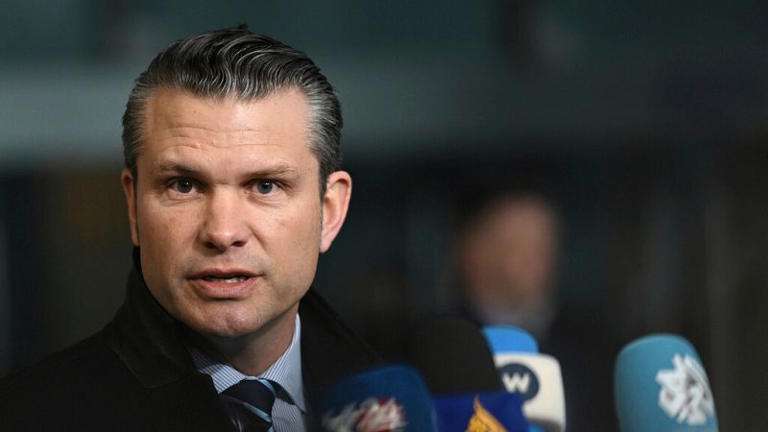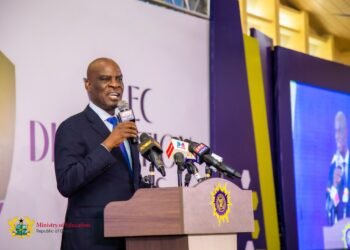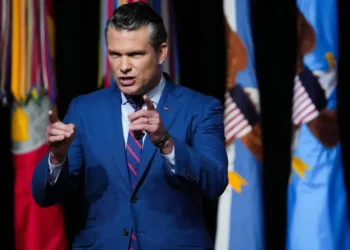US Defence Secretary, Pete Hegseth has acknowledged that funding for Ukraine military assistance, which has been robust for the past two years, will be reduced in the upcoming defense budget.
The cut, announced during a House Appropriations defense subcommittee hearing, could mean Kyiv will receive fewer critical air defense systems in the future that have been key to countering a continuous onslaught of Russian missiles.
The House Appropriations defense subcommittee hearing was the first time lawmakers have been able to challenge Trump’s Defense Chief since he was confirmed.
It is the first of three congressional hearings Hegseth will face this week.
“It is a reduction in this budget. This administration takes a very different view of that conflict.
“We believe that a negotiated peaceful settlement is in the best interest of both parties and our nation’s interests, especially with all the competing interests around the globe.”
Pete Hegseth
The US to date has provided Ukraine more than $66bn in aid since Russia invaded in February 2022.

Committee members pressed Hegseth on Ukraine’s surprise drone attack in early June that destroyed a large number of Russian bomber aircraft and they questioned the administration’s future funding for Kyiv.
Hegseth said that the strikes caught the US off guard and represented significant advances in drone warfare.
The attack has the Pentagon rethinking drone defenses “so we are not vulnerable to a threat and an attack like that,” he said, adding that the department is learning from Ukraine and is focused on how to better defend its own military airfields.
Lawmakers Take Aim At Pentagon’s Planned Spending
Also, lawmakers complained widely that Congress hasn’t yet gotten details of the administration’s first proposed defense budget, which Trump has said would total $1 trillion, a significant increase over the current spending level of more than $800 billion.
They said they are unhappy with the administration’s efforts to go around Congress to push through changes.
Key spending issues that have raised questions in recent weeks include plans to spend hundreds of millions of dollars on security upgrades to turn a Qatari jet into Air Force One and to pour as much as $45 million into a parade recently added to the Army’s 250th birthday bash, which coincides with Trump’s birthday Saturday.
Representative Betty McCollum quizzed Hegseth on deploying about 700 active-duty Marines to assist more than 4,100 National Guard troops in protecting federal buildings and personnel during immigration raid protests in Los Angeles.
She got into a testy back-and-forth with him over the costs of the operation. He evaded the questions but later turned to his acting comptroller, Bryn Woollacott MacDonnell, who provided the estimate and said it covers the costs of travel, housing and food.
MacDonnell said that it would cost $134 million. Hegseth defended Trump’s decision to send the troops, saying that they are needed to protect federal agents as they do their jobs.
Hegseth said that the deployment of troops is needed “because we want to ensure that those rioters, looters and thugs on the other side assaulting our police officers know that we’re not going anywhere.”
He suggested that the use of troops in the United States will continue to expand.
“I think we’re entering another phase, especially under President Trump with his focus on the homeland, where the National Guard and Reserves become a critical component of how we secure that homeland.”
Pete Hegseth
Others, including Republican leaders, warned that massive spending projects such as President Donald Trump’s desire for a $175 billion Golden Dome missile defense system will get broad congressional scrutiny.
READ ALSO: Gov’t Tightens Grip on Rates, Sacrifices GH¢1bn in Bids as T-Bill Auction Misses Mark



















